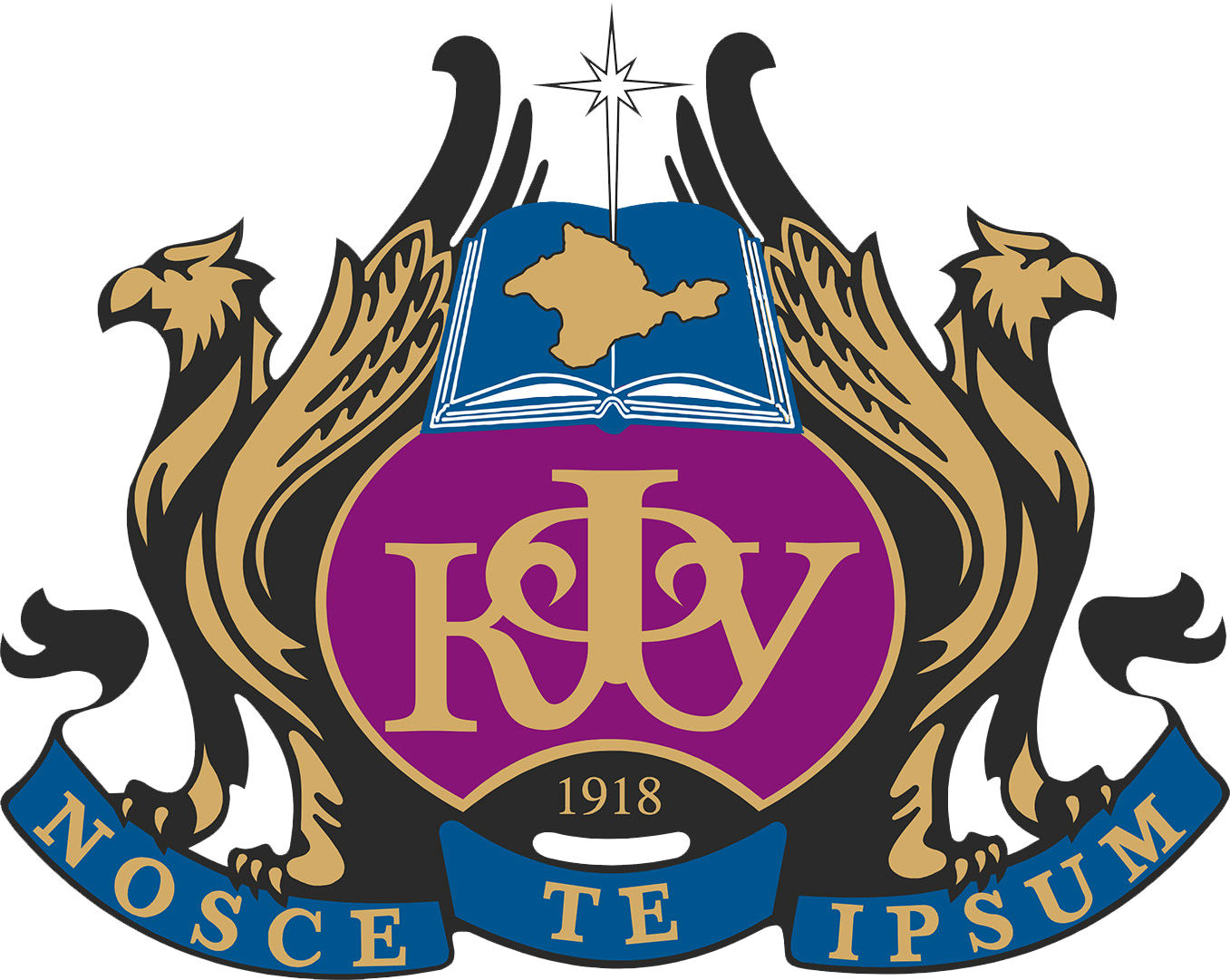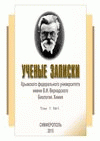Novosibirskiy nacional'nyy issledovatel'skiy gosudarstvennyy universitet
Correct and objective assessment of the capabilities of the cardiovascular system athletes, the development of quantitative criteria for this assessment is necessary for maintaining their health is an indispensable condition for a scientifically based training process, one of the goals of which is the correct choice of game role of a hockey player. The article presents a study on the functional state of the cardiovascular system of adolescent hockey players aged 13–14 years, depending on their playing role (defenders and forwards) with an orthostatic test. 50 people took part in the study. Heart rate variability registration was carried out in accordance with international and domestic recommendations using VNS-Micro (Neurosoft, Ivanovo, Russia) in two stages: 1) in a sitting position (5 min); 2) when moving to a standing position (6 min). Mathematical processing and presentation of the research results were carried out using the full package of functions of Word, Excel and Statistica for Windows. Method of mathematical statistics: Student’s t-test for independent samples. Normal distribution was confirmed by the three-sigma rule. A study of a few temporal and spectral indicators of heart rate variability in adolescent hockey players depending on their playing role showed the following. Thus, the conducted study of the autonomic regulation and reactivity of the cardiovascular system of adolescent hockey players, depending on the playing role, revealed that in the resting mode, defenders have a predominant activity of the parasympathetic department of the autonomic nervous system, the cardiovascular system operates in a more economical mode compared to the attackers. Under the conditions of an orthostatic test, almost the same level of reactivity of the cardiovascular system was revealed in hockey players with different playing roles. The results obtained from the study can be used to preserve the health of athletes, as well as in the process of sports orientation and selection at the early stages of training.
hockey, orthostatic test, spectral analysis indicators, athletes’ health
1. Pedersen B. K., Saltin B. Exercise as medicine – evidence for prescribing exercise as therapy in 26 different chronic diseases, Scandinavian Journal of Medicine and Science in Sports, 25(Suppl. 3), 1
2. Iordanskaya F. A. Pecularities of cardiovascular adaptation to training loads in young ice hockey players, Sports science bulletin, 3, 33 (2010).
3. Levshin I. V., Mihno L. V., Kagan A. V., Panov I. V. Monitoring of functional status and health condition in young hockey athletes, Therapeutic exercise and sports medicine, 12, 9 (2013).
4. Mavliev F. A., Nazarenko A. S. The reaction of cardiorespiratory system to physical activity of hockey players, Science and sport: modern tendencies, 19(2), 27 (2018).
5. Maksimikhina E. V., Ignashin N. A. Assessment of the functional state of hockey players aged 9–10 years in the preparatory period of training, Aspirant, 2(39), 44 (2018).
6. Schepetin D. V., Uchasov D. S. Comparative evaluation of functional parameters of cardiovascular system in young hockeyists 10-12 years with different sports experience, Nauka-2020, 3(14), 62 (2017).
7. Mel'nikov A. A., Vikulov A. D. Features of hemodynamics and rheological properties of blood in athletes with different directions of the training process, Teoriya i pracktika fizicheskoy kultury, 1, 23 (2003). EDN: https://elibrary.ru/QFLOTW
8. Sharykin A. S., Ivanova Y. M., Pavlov V. I., Badtieva V. A., Subbotin P. A. Cardiac remodeling variants in children and adolescents in team sports (on the example of football and hockey), Pediatriya. Zhurnal im G. N.
9. Gavrilova E. A. Sports, stress, variability (M.: Sport, 2015).
10. Ivanova E. N., Pianzina N. N., Ermolaev A. Kh. Neurophysiological indicators of the body after the use of the Pravilo health-improving machine, Human. Sport. Medicine, 4, 40 (2020).
11. Vikulov A. D., Nemirov A. D., Larionov E. L., Shevchenko A. Yu. Heart rate variability in subjects with increased motor activity and athletes, Human Physiology, 31(6), 54 (2005). EDN: https://elibrary.ru/HSGETZ





